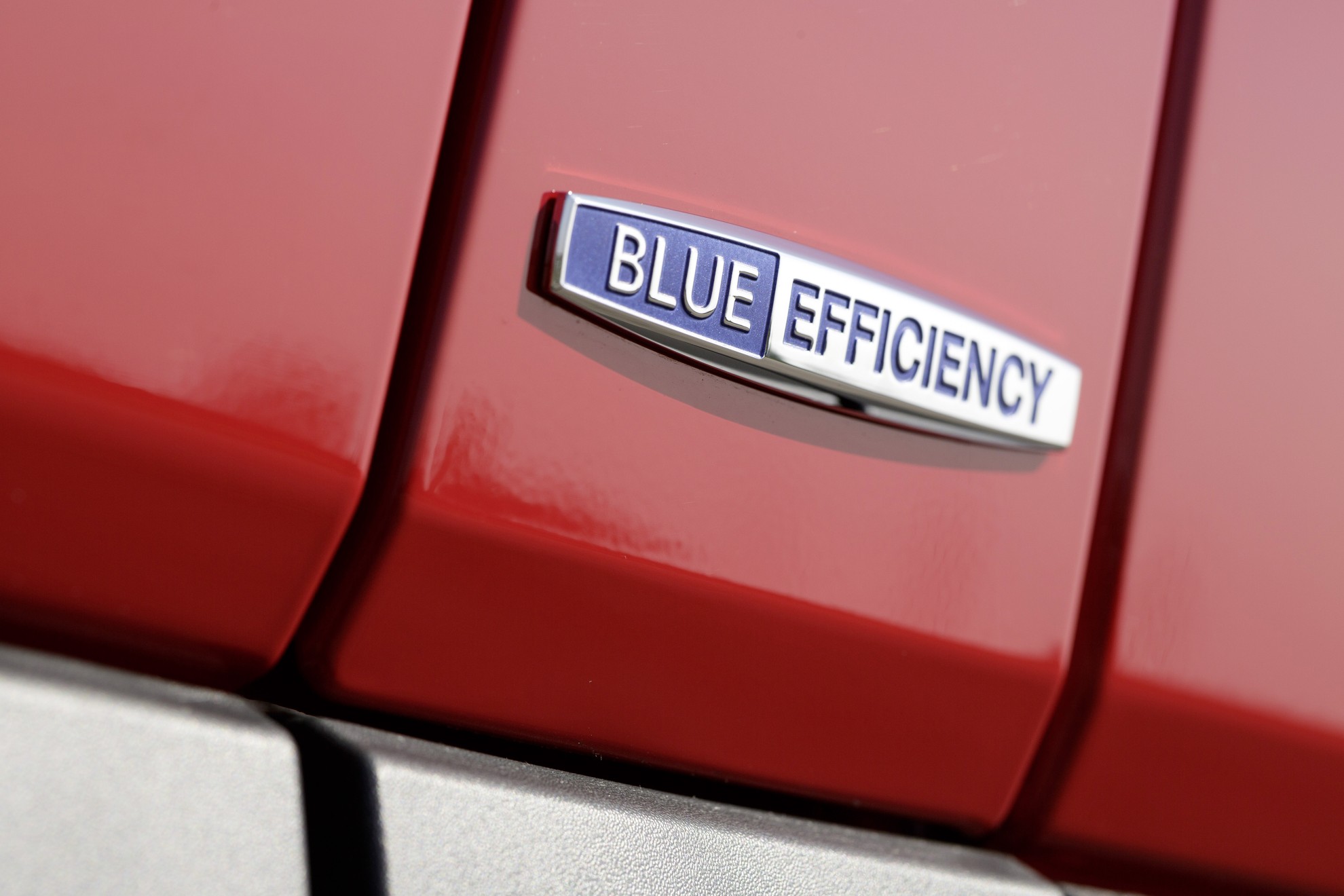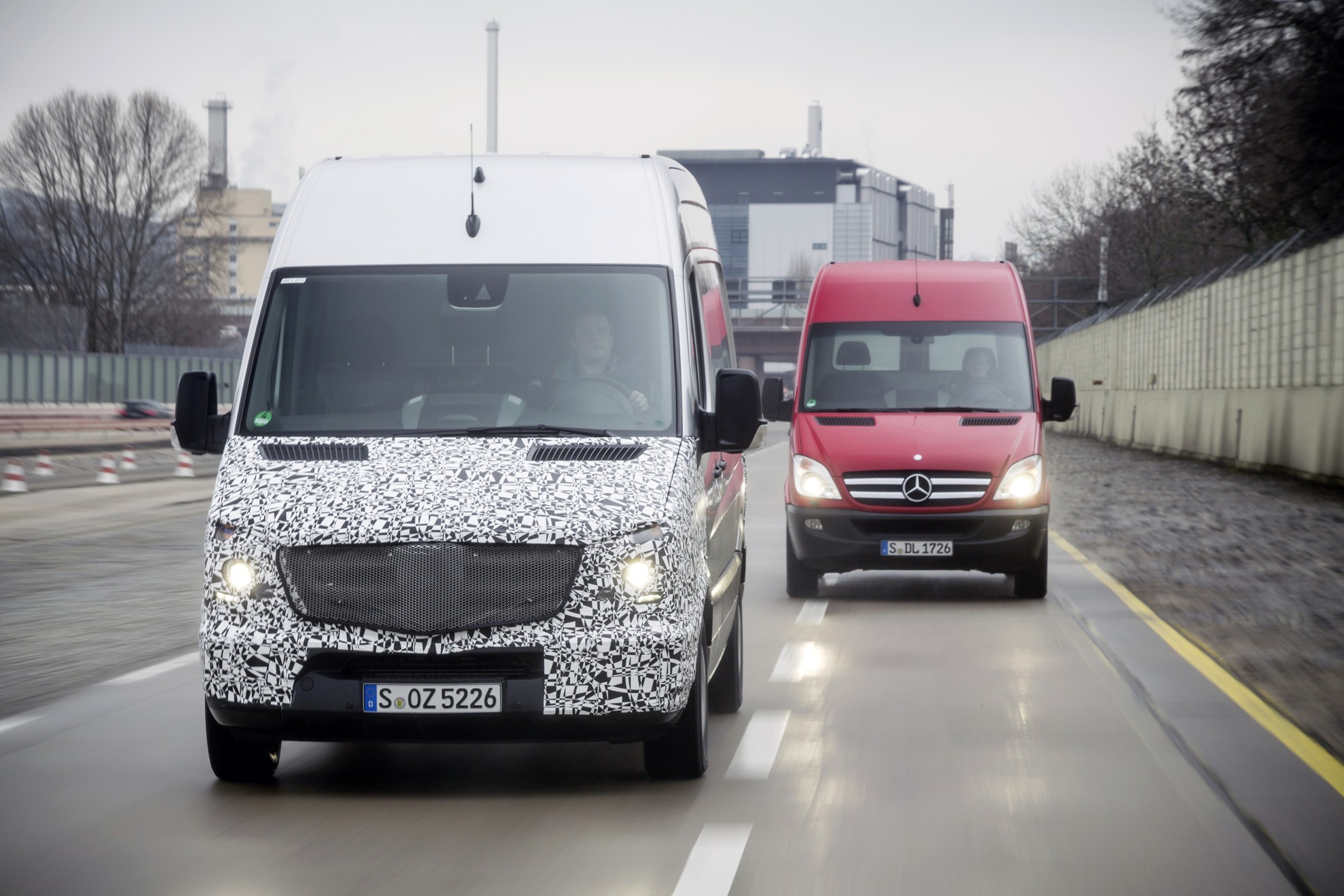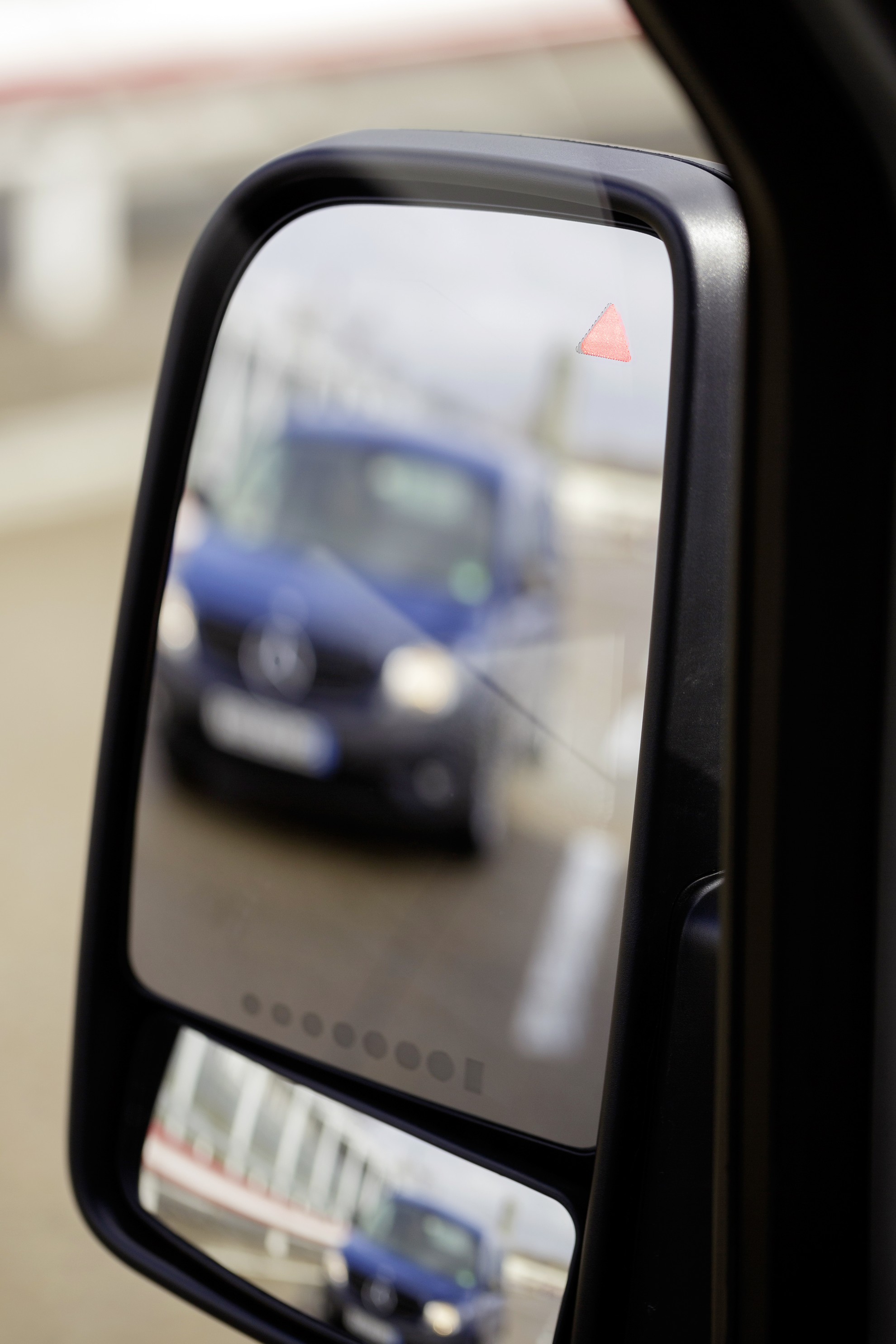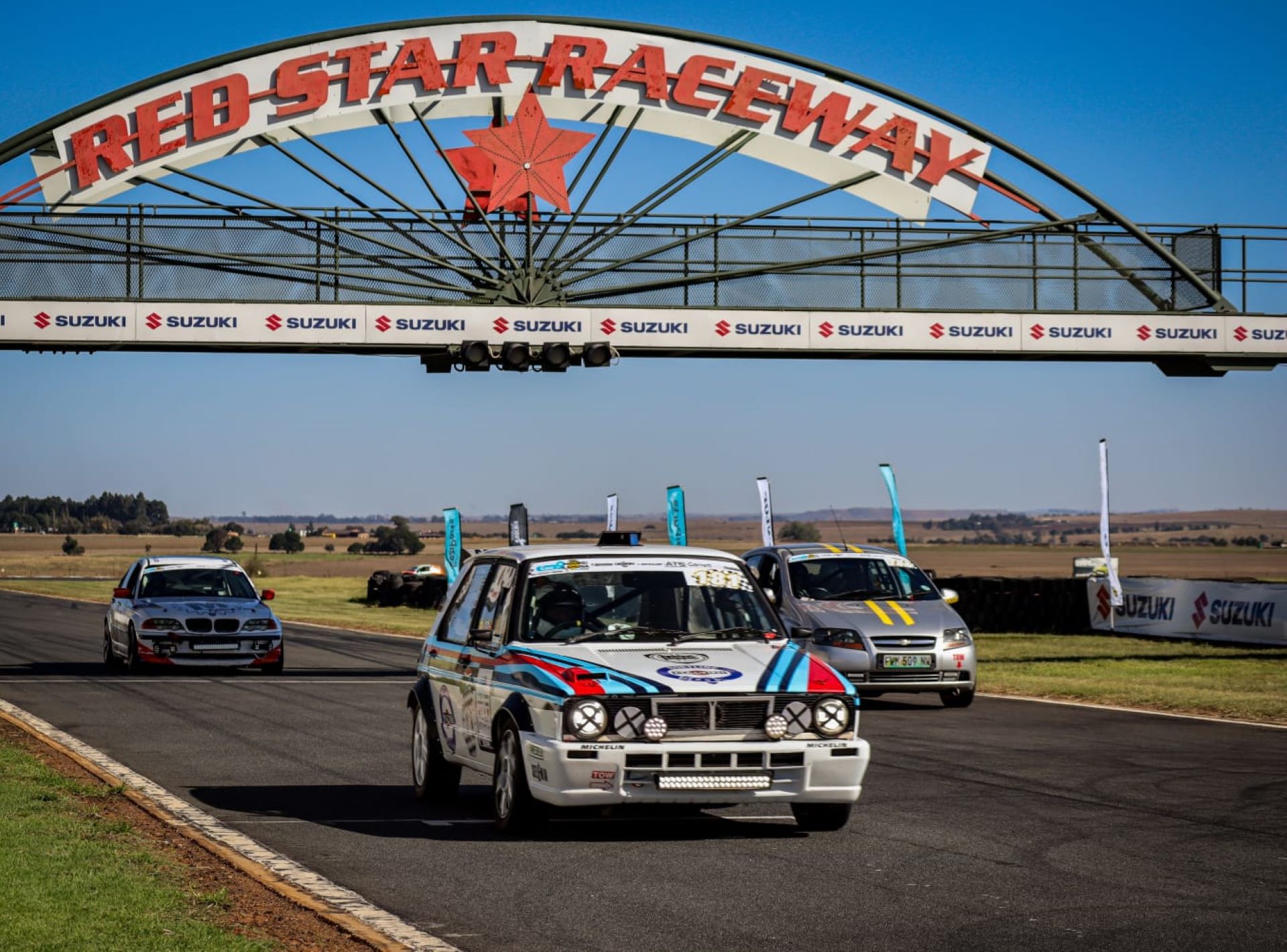The world’s first van featuring engines complying with the Euro VI emissions standard

One of the new Sprinter’s highlights is its drive system: it is the first van to come with a complete range of engines complying with the Euro VI emissions standard.
Best-in-class fuel consumption of only 6.3 l/100 km
At the same time, the new Sprinter stands apart more than ever as the van offering the greatest economy. An outstanding case in point is the new benchmark combined fuel consumption of 6.3 l/100 km in combined mode. This corresponds to CO2 emissions of 165 g/km and is on a par with passenger cars. At the same time, the new Sprinter undercuts its decidedly fuel-efficient predecessor by more than one litre per 100 km, depending on the model concerned. In order to attain such fuel efficiency, the developers at Mercedes-Benz have scrutinised the entire drive train down to the last detail and implemented a diverse range of measures.
Euro VI: limit for nitrogen oxides attainable with SCR technology
The Euro VI emissions standard entails markedly stricter emission limits for light-duty commercial vehicles. While the permitted emissions for CO2 remain unchanged, the emission limit for nitrogen oxides (NOx) is to be lowered dramatically by 80 percent to a mere 0.4 g/kWh. At the same time, the permissible level for hydrocarbons (THC) is to be cut by 70 percent to 0.13 g/kWh and the limit for particulate matter is to be reduced by a further 50 percent.
Such a sharp reduction is not achievable through engine modifications alone. Mercedes-Benz is thus resorting to an exhaust gas aftertreatment technology which has already proven highly effective for almost ten years now, covering many billions of kilometres in several hundred thousand Mercedes-Benz commercial vehicles from the Atego to the Actros: SCR technology (selective catalytic reduction) employing BlueTEC engine technology and the injection of AdBlue into the exhaust gas.
BlueTEC engine technology: clean, economical, tried and tested

BlueTEC engine technology reduces nitrogen oxides after combustion in the exhaust gas by more than 80 percent by means of the aqueous solution AdBlue. This standardised fluid consists of approximately two-thirds demineralised water and one third synthetic urea. AdBlue is injected extremely finely into the exhaust gas by means of an electronically controlled metering unit and is subsequently swirled around in the flow of exhaust gas. The heat converts the AdBlue into ammonia. In the downstream SCR catalytic converter, nitrogen and ammonia are converted into harmless water and nitrogen by means of a chemical catalytic reaction.
Mercedes-Benz is additionally able to draw on extensive experience with the SCR system and BlueTEC technology: several tens of thousands of Sprinters with this technology on board have been delivered to North America over the past three years. The BlueTEC engine technology has also been demonstrating its capabilities in Mercedes-Benz trucks and buses for almost ten years now.
AdBlue injection on board the Sprinter is controlled by the DCU (Dosing Control Unit), equipped with its own control unit. An advantage of this set-up is that only minor intervention in the engine control unit is necessary. The system is modular in design. To enable exact dosing of the injected AdBlue, the DCU is linked via the CAN databus to the engine control unit.
AdBlue is now available at virtually all filling stations in Europe and in various types and sizes of container. The price per litre is around half that of diesel fuel. As AdBlue freezes at minus eleven degrees Celsius, the supply unit on the Sprinter is heated. Conversely, the AdBlue injector is air-cooled. As AdBlue has an extremely high creeping capability, Mercedes-Benz has provided all of the system’s electrical lines with capillary stops. The AdBlue tank is accommodated at the front right of the engine compartment as seen in the direction of travel and has a capacity of 18 litres. This quantity is sufficient for around 6000 km, depending on the specific type of use for the vehicle.
When the supply of AdBlue is on the wane, an initial warning appears in the instrument cluster display around 1000 km before the tank is likely to be empty, depending on the driver’s individual driving profile, and a yellow warning lamp lights up. If the driver fails to replenish the supply of AdBlue, the engine speed will be reduced to around 75 percent approx. 300 km later, and some 500 km after this the vehicle’s maximum speed will be limited to 20 km/h.
Optimisation of points of detail on the engines
The essential features, performance data and torque curves of the engines themselves have remained unchanged in the course of the upgrade to Euro VI. The developers have nevertheless seized the opportunity offered by the BlueTEC exhaust gas aftertreatment process to optimise the injection characteristics, the combustion process and the charge pressure. This results in low fuel consumption and quieter combustion. A modified pre-injection process leads to even smoother running.
Meanwhile, the good performance of the engines remains unaltered. In terms of performance characteristics the driver will not notice any difference, whether he is at the wheel of a Sprinter complying with Euro 5b+ or Euro VI. This is an important aspect for fleets whose drivers use different vans, for example. Accordingly, the available engine variants and final drive ratios have also remained unaltered.
The developers have additionally taken the opportunity to enhance the impressive ride comfort of the Sprinter. Handling has been noticeably optimised even further with regard to load change in the manual and automatic transmissions.
Highly economical BlueTEC four-cylinder engine, three output ratings
The diesel engines for the Sprinter centre on the four-cylinder OM 651 with a displacement of 2.15 l. With an 83 mm bore and a 99 mm stroke, the engine features an undersquare configuration in the interests of high tractive power. The two overhead camshafts actuate a total of 16 intake and exhaust valves. The camshafts are driven by a combination of gearwheels and a short chain. The common rail injection system operates at a maximum injection pressure of 1800 bar. The fuel is injected by means of magnetic injectors and seven-hole injection nozzles. Charging takes place at all times via a two-stage exhaust-gas turbocharger system.

Maximum torque is available right from low engine speeds and over a broad engine speed range. The engines attain both a high specific power output and high torque. This downsizing is crucial to low fuel consumption, accompanied by low emissions and optimum weight.
A Lanchester balancer with two counter-rotating shafts, the camshaft drive positioned further to the rear and a two-mass flywheel all contribute to the engine’s extremely smooth running characteristics. A combination of exhaust gas recirculation with two-stage cooling and the SCR technology with AdBlue injection for the BlueTEC engines and a particulate filter ensures clean exhaust emissions.
The four-cylinder OM 651 is available in three output variants:
-
70 kW (95 hp) at 3800 rpm, torque 250 Nm at 1400-2400 rpm,
-
95 kW (129 hp) at 3800 rpm, torque 305 Nm at 1200-2400 rpm,
-
120 kW (163 hp) at 3800 rpm, torque 360 Nm at 1400-2400 rpm.
-
BlueTEC six-cylinder engine: brilliant technology, high comfort
It is the only six-cylinder to be found in a European van: with its brilliant technology, the V6 OM 642 with a displacement of 3.0 l is a feat of engine construction. The undersquare engine (bore x stroke: 83 x 92 mm) is based on an aluminium crankcase with a V angle of 72 degrees. Offset rod journals and a balancer shaft result in an extremely smooth-running engine. Its technical refinements include a total of four duplex chain-driven overhead camshafts and common rail injection with piezo injectors and eight spray holes per nozzle.
The six-cylinder OM 642 comes in a single output rating:
-
140 kW (190 hp) at 3800 rpm, torque 440 Nm at 1600-2600 rpm.
-
Sprinter meeting the Euro 5 standard remains available
Those who do not wish to make the step to Euro VI at once when buying a new Sprinter can still purchase a van designed to comply with the Euro 5 emissions standard. Emissions standard Euro 5b+ to be more precise, as from September the Euro 5 standard is to become stricter for all vehicles homologated prior to September 2011, with the limit for particulate emissions dropping by 10 percent from 5 to 4.5 mg/km of particulate matter.
The Euro 5b+ and Euro VI Sprinters are identical in terms of output variants, maximum torque and torque curves. Sprinters complying with the Euro 5b+ emissions standard also benefit from fuel-saving modifications such as the optimised rear axle or the optimised 7-speed 7G-TRONIC PLUS automatic transmission with torque converter.
Petrol engine: focus on the M 271 rated at 115 kW (156 hp)
Mercedes-Benz has reorganised the other engines, which are also available as Euro VI-compliant variants. The main petrol engine is the supercharged four-cylinder M 271 direct-injection engine with a displacement of 1.8 l and an output of 115 kW (156 hp), which has proven its worth in many of the brand’s models. In future, the V6 cylinder with a displacement of 3.5 l will only be available outside of Europe. A natural gas variant of the M 271 with the same output has been developed for the Sprinter NGT. The Sprinter NGT is available both for monovalent and bivalent natural gas operation.
The four-cylinder M 271 is available as a petrol and natural gas engine with the following output rating:
-
115 kW (156 hp) at 5000 rpm, torque 240 Nm at 3000-4000 rpm.



